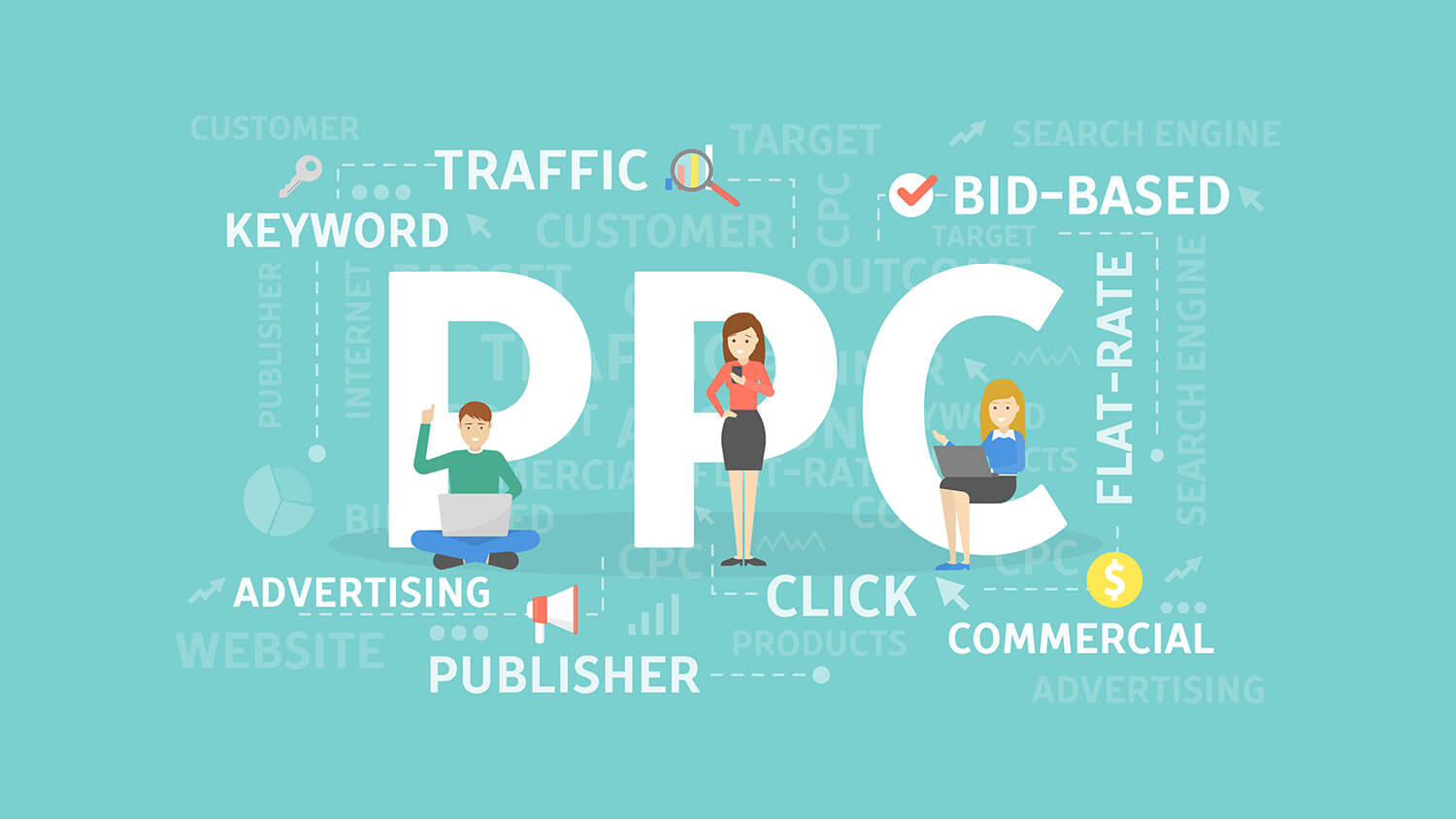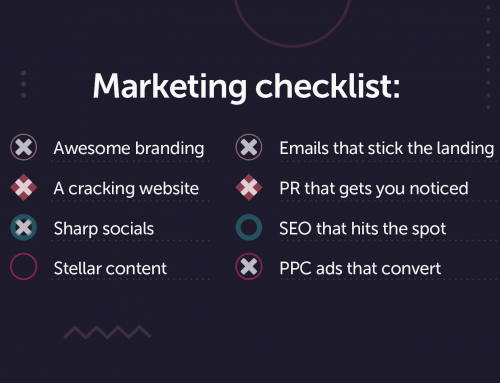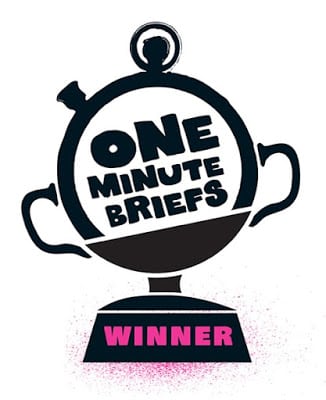Pay Per Click is one of the Search Engine Marketing (SEM) “Buzzwords” that you will hear around the digital department of your office, but what is it and how does it work?
Pay Per Click (also called Cost Per Click or PPC/CPC) is a form of online advertising that uses real time bidding to direct traffic to websites. Advertisers only pay when the ad is actually clicked by and end user, or the “searcher.” The end user types a search query or search term into their web browser, basically defining a question they want answered into a “keyword” or “keywords.” As the searcher looks for an answer to their query, the advertiser has an opportunity to connect with the user by bidding on those keywords. Each time a user sees the ad, it is called an Impression.
Once the searcher finds a potential answer to their question or query, they will click on the link that directs them to the website they are looking for, which for our purposes could be a paid listing or an organic listing. . The paid listing is what we call PPC.
THERE ARE TWO MAIN KINDS OF PPC—SEARCH AND DISPLAY.
Search PPC
This is when a text ad shows up at the top or sides of a Search Engine Results Page or SERP. Based on the advertiser’s bid, and ad quality/rank, the ad will appear higher on the top of the SERP.
Display PPC
This is when an end user or searcher is reading content about their query, and a display ad is shown to them based on the content of the relevant webpage or landing page (so long as that page accepts display advertising).
It is good to note that typically Search and Display PPC reach potential customers at different points in the purchasing funnel. Most likely, someone clicking on a Display ad is in the process of learning about a product or idea. They are still towards the top of the buying funnel, in the discovery phase. A searcher who clicks on a paid search ad usually knows by the keywords they have entered that they are more ready to purchase, and are therefore more likely to convert. They are at the bottom of the purchasing funnel and know exactly what they are looking for.

SO ONCE YOU KNOW WHAT PPC IS, THE NEXT STEP IS HOW DO YOU USE IT?
Well, most notably, Google has a lot of training and certification materials to become familiar with PPC. While PPC is available through several platforms, Google seems to have the most extensive training program currently available, so Google AdWords is a good place to start.
To create a campaign you will need 4 items to start:
- a budget
- ads/ad copy
- keywords
- billing information
Google makes the planning process easy by providing a Keyword Planning tool that will help create keywords, as well as give you an estimate of daily traffic and spend (which then gives you an estimated budget). You can knock out two of the four items in one fell swoop. As for ad copy, we always recommend that you use two forms of ad copy so that you can test which ad is performing best and you can optimise from there. We also know that a good standard of practice is to use keywords in the ad copy, to make the copy more relevant to the user/searcher. Billing is as simple as entering in credit card information and then you’re ready to go!
Now you can move into the optimisation and maintenance part of PPC, which we recommend looking at the past 30 day trend for position, click-through rate, impressions, clicks, cost, cost per conversion, quality score, and bounce rate (if you connect Google Analytics to the AdWords account). Once you are familiar with optimisation and maintenance, you can work on scaling the campaign to a larger budget, so long as the margins remain profitable.
So there is a brief run-down of PPC, and what it is and how it works. As I said before, there are extensive programs to learn how to run a PPC campaign, so if you are wanting to dive a little deeper and start running a campaign, I suggest you start there! Or you could always contact us for help.










